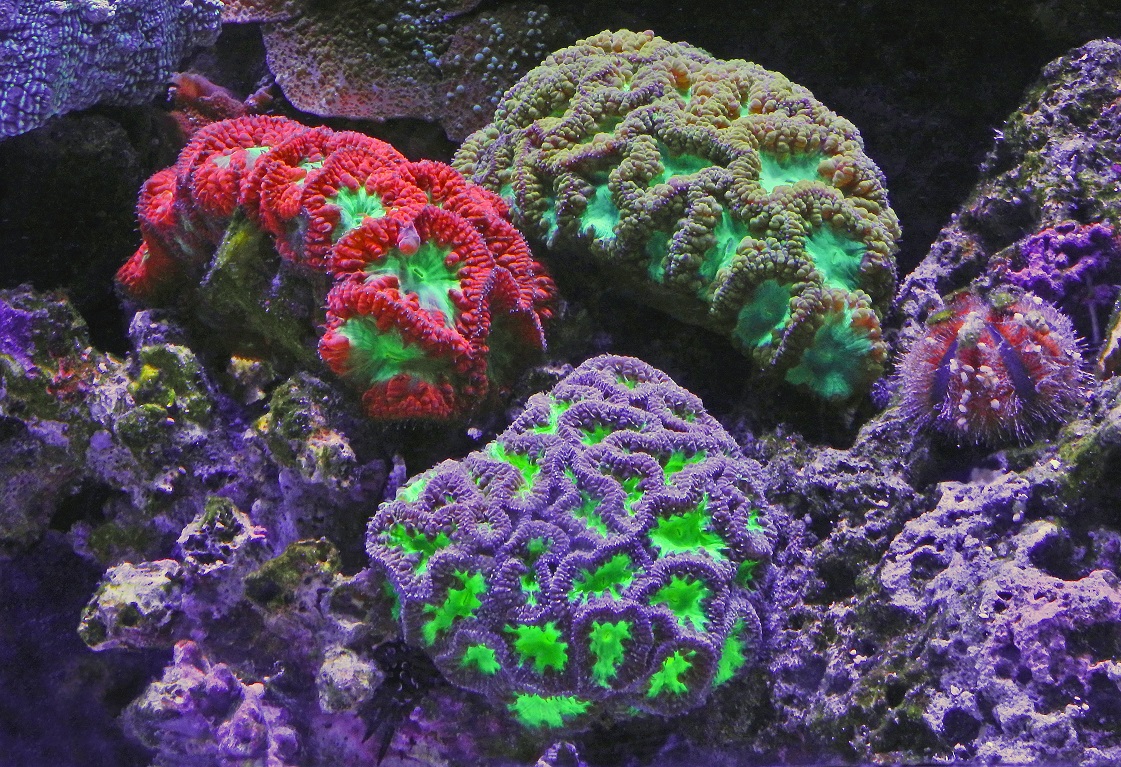Solubilization of an hydrophobic API for anti-cancer treatment

Poor water solubility is one of the most significant barrier limiting drug development. Indeed, more than 40% of compounds identified through combinatorial screening programs display poor aqueous solubility, which is associated with poor bioavailability, suboptimal dosing, etc.
Adjuvatis uses a safe-by-design technology that allows formulation of APIs with little or no solubility. Adjuvatis develops biocompatible and biodegradable formulations with high tolerance, which adapt to your APIs, study models and therapeutic areas.
We were very happy to work with Université Côte d’Azur, CNRS, IPMC, to overcome solubility and biodegradability issues related to the development of a small molecule from marine sponge, panicein A hydroquinone (PAH). As recently published in Cancers, this drug was formulated with i-Particles leading to their solubilisation and protection from in vivo oxidation. In mice, this formulation was able to increase cytotoxic effectiveness of an anti-cancer drug against drug-resistant melanoma cells.
What if…your efficient but poorly water-soluble Active Pharmaceutical Ingredients, could be translated to pharmaceutical products? We are here to help you, contact us.
Main contribution of Adjuvatis
We used a biocompatible delivery system, i-Particles (iP), developed by Adjuvatis (Lyon, France) to provide a highly concentrated aqueous and injectable solution of sPAH and protect it from in vivo oxidation.The efficiency of encapsulation of sPAH in i-Particles was high (≥79%), and sPAH-loaded i-Particles produced were extremely reproducible in terms of size and size homogeneity, with an average diameter of 185 nm as characterized by DLS. iP-sPAH exhibited low polydispersity and negative zeta potential values whatever the drug loading (from 1 to 9%), and a colloidal stability at +4 °C for at least six months.
Original publication:
Inhibition of Patched Drug Efflux Increases Vemurafenib Effectiveness Against Resistant Braf V600E Melanoma
Abstract
Melanoma patients harboring the BRAFV600E mutation are treated with vemurafenib. Almost all of them ultimately acquire resistance, leading to disease progression. Here, we find that a small molecule from a marine sponge, panicein A hydroquinone (PAH), overcomes resistance of BRAFV600E melanoma cells to vemurafenib, leading to tumor elimination in corresponding human xenograft models in mice. We report the synthesis of PAH and demonstrate that this compound inhibits the drug efflux activity of the Hedgehog receptor, Patched. Our SAR study allowed identifying a key pharmacophore responsible for this activity. We showed that Patched is strongly expressed in metastatic samples from a cohort of melanoma patients and is correlated with decreased overall survival. Patched is a multidrug transporter that uses the proton motive force to efflux drugs. This makes its function specific to cancer cells, thereby avoiding toxicity issues that are commonly observed with inhibitors of ABC multidrug transporters. Our data provide strong evidence that PAH is a highly promising lead for the treatment of vemurafenib resistant BRAFV600E melanoma.
Author affiliation
Université Côte d’Azur, CNRS, IPMC, France.
Université Côte d’Azur, CNRS, ICN, France.
CNRS, IBPC, Sorbonne Paris Cité, Laboratoire de Biologie Physico-Chimique des Protéines Membranaires, Institut de Biologie Physico-Chimique, University Paris Diderot, France.
Université Côte d’Azur, INSERM, CNRS, C3M, France.
Centre des Sciences du Goût et de l’Alimentation, Université Bourgogne Franche-Comté CNRS, INRA, SSGA, AgroSup Dijon, France.
Adjuvatis SAS, France.
